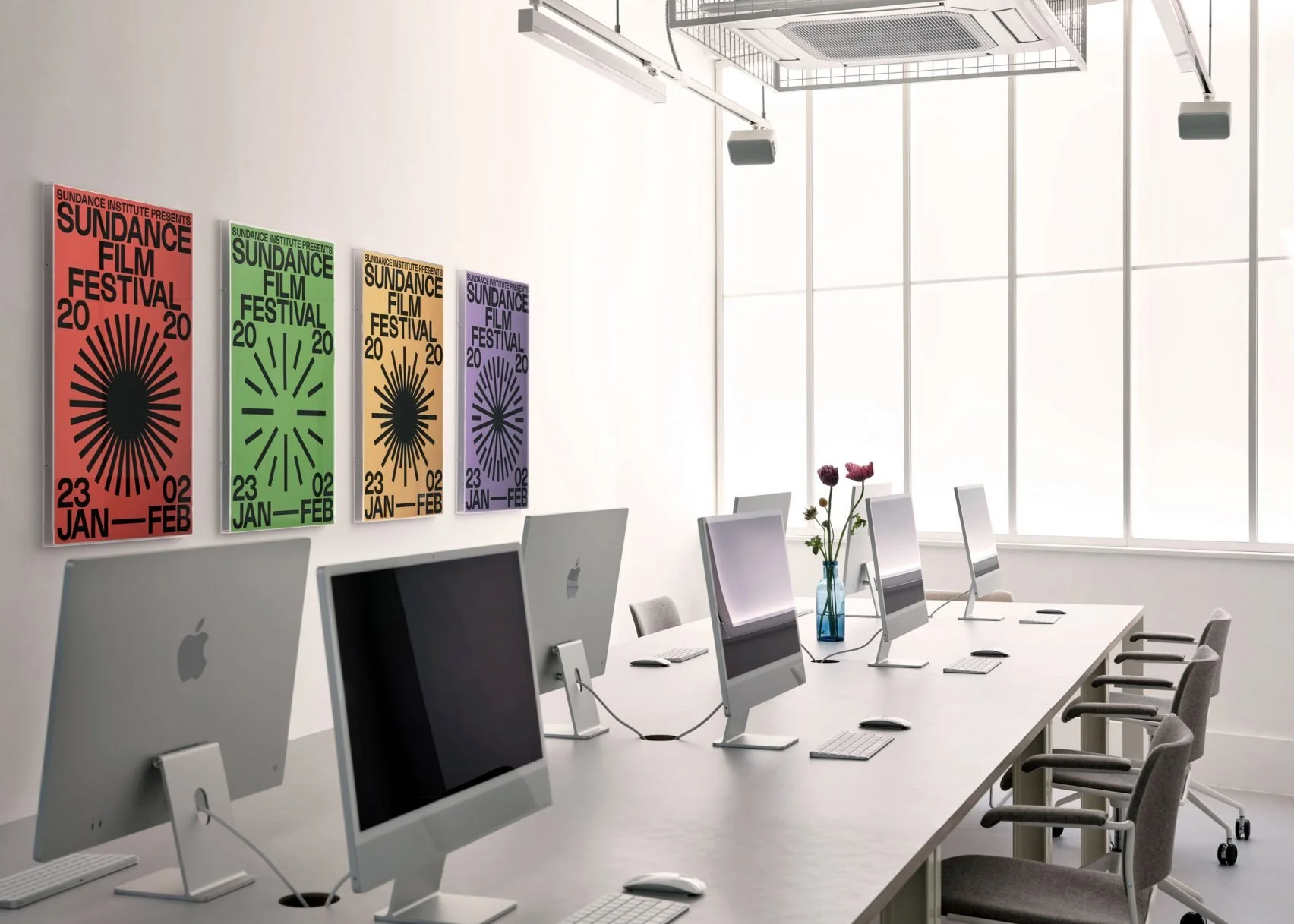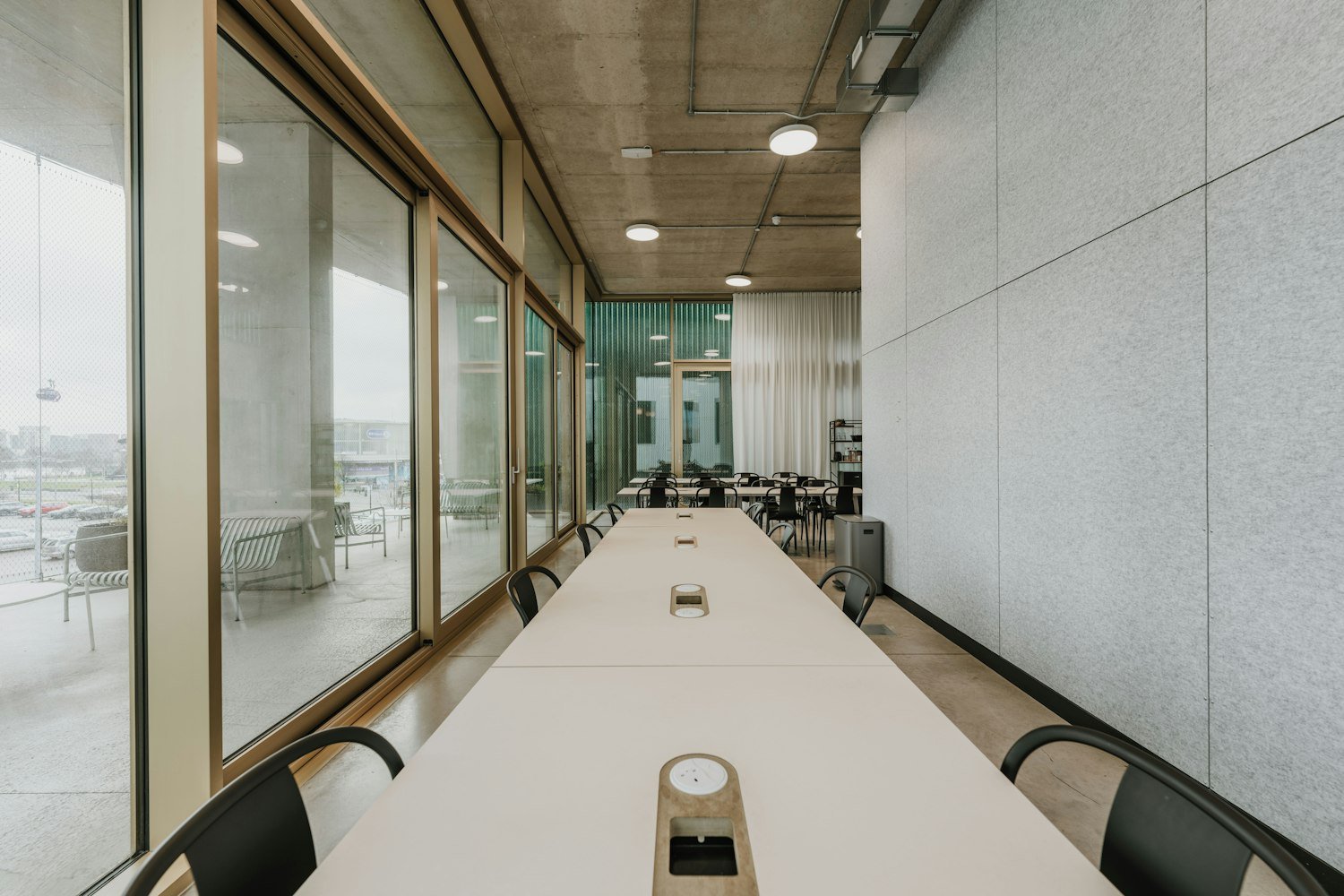2025: The Year of Hybrid Everything
Over the last several years, workplace dynamics—mirroring broader societal trends—have tilted heavily toward informality. Offices emptied, dress codes evaporated, and video calls made pyjamas a symbol of modern professionalism. This embrace of the casual has shaped both professional and social landscapes, yet as 2025 approaches, a palpable shift is underway. The allure of unstructured freedom is giving way to a deeper appreciation for structure, tradition, and intentional collaboration.
This evolution is not just cosmetic. It reflects a systemic transformation—a collective recalibration that prioritises meaningful connection and deliberate participation. From the resurgence of tailored fashion to the revitalisation of in-person rituals, the cultural appetite for authenticity and purpose is reshaping how we live and work. For the workplace, this means the heyday of fully remote work is fading, replaced by a more sophisticated, intentional embrace of hybrid models that balance flexibility with focus.
The Shortcomings of Total Informality
The casualisation of work delivered undeniable advantages. The commute vanished, the wardrobe simplified, and the promise of autonomy became a cornerstone of remote work’s appeal. But these benefits came with hidden costs. The blurring of personal and professional boundaries left many adrift, while endless screens and asynchronous communication diluted the serendipity and energy of shared spaces.
As the novelty of the ultra-relaxed approach wears thin, a growing desire for intentionality has emerged. People are seeking environments that allow them to delineate their lives while fostering purposeful collaboration. Hybrid work responds to this yearning with an elegant proposition: a way to combine the flexibility of remote work with the structure and camaraderie of shared spaces.
The Evolution of Hybrid Work
While hybrid work has existed in some form for years, its early iterations often lacked finesse. Clunky schedules and vague expectations undermined its potential. Today, however, organisations are beginning to master the art of hybrid. No longer just about splitting time between home and office, it has evolved into a more thoughtful approach that maximises the strengths of each mode.
This new hybrid model values intentionality. It is akin to the cultural revival of craftsmanship—a rejection of disposable convenience in favour of enduring quality. In-person interactions are reserved for activities that thrive on immediacy and collaboration, such as strategic planning or team-building. Meanwhile, solitary or administrative tasks remain the domain of remote work, enabling deeper focus.
The Role of Structure in Success
The initial appeal of remote work was rooted in freedom—a rebellion against the rigidity of traditional office life. But unchecked freedom can be as paralyzing as it is liberating. Without a framework, individuals can struggle to prioritise and maintain momentum.
Hybrid work reintroduces structure in a way that fosters both individual and collective success. This structure is not rigid or prescriptive but adaptive, offering a rhythm that supports productivity and engagement. Shared spaces and in-person meetings are no longer taken for granted but are thoughtfully designed to enhance outcomes.
Rediscovering Connection
Beyond productivity, hybrid work addresses a deeper, more human need: connection. Virtual interactions, while efficient, cannot replicate the depth of face-to-face engagement. A handshake, a shared meal, or the creative energy of a room buzzing with ideas—these are irreplaceable aspects of collaboration.
Hybrid work fosters these moments without sacrificing the flexibility people have come to value. It acknowledges the richness of human interaction while embracing the efficiencies of remote work. Importantly, it doesn’t compel presence for its own sake but creates an environment where participation feels valuable and rewarding.
A Reflection of Cultural Shifts
The resurgence of hybrid work mirrors a larger societal trend. Across industries and communities, there is a renewed appreciation for what is authentic, intentional, and enduring. Vinyl records, artisanal goods, and other “slow” movements reflect this collective pivot away from the disposable and superficial.
This cultural reset extends into social realms as well. Consider the rise of running clubs, which have surged in popularity as people shift away from purely digital connections fostered by social apps. These clubs represent a “hybrid” social model, blending the convenience of online organisation with the irreplaceable value of in-person community. They exemplify a growing recognition that meaningful connection requires more than just a digital presence. Similarly, hybrid work combines remote flexibility with the depth and vitality of in-person collaboration, demonstrating that human engagement flourishes in balance.
Interestingly, this transition echoes developments in other sectors, such as the automotive industry. Take electric vehicles (EVs) as a parallel: while EVs represent the future, their adoption has been hindered by infrastructure gaps, charging limitations, and range anxiety. In this transitional phase, hybrid vehicles have proven to be the most pragmatic solution—combining the efficiency of electrification with the reliability of traditional systems. Similarly, hybrid work strikes a balance during the workplace’s evolution, bridging the gap between remote convenience and the irreplaceable benefits of in-person collaboration.
2025: The Year of Intentional Work
As we enter 2025, it is clear that the future of work will not be defined by extremes. Neither fully remote nor entirely office-bound, the workplace of tomorrow is balanced, thoughtful, and intentional. Hybrid work represents the pinnacle of this evolution, offering a model that adapts to diverse needs while remaining rooted in shared purpose.
This approach acknowledges the complexities of modern professional life. It respects the need for flexibility while celebrating the irreplaceable value of in-person connection. Whether working from home on focused projects or brainstorming in a vibrant office environment, hybrid work enables individuals and teams to operate at their highest potential. The chaos of the past several years is yielding to a future defined by clarity, intention, and shared success.







